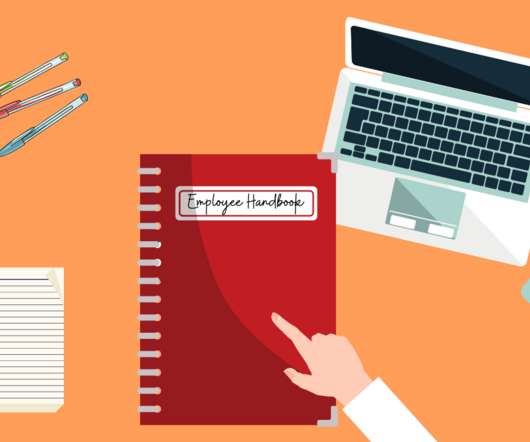Simple steps to create an employee handbook
Business Management Daily
JULY 27, 2021
The employee handbook is a reference point for employees, managers, and human resources on leave, time tracking, wage, accessibility, and other compliance concerns. Often human resources will take charge here. These employees are exempt from being paid overtime. PTO policy. Decide who will write it.












Let's personalize your content